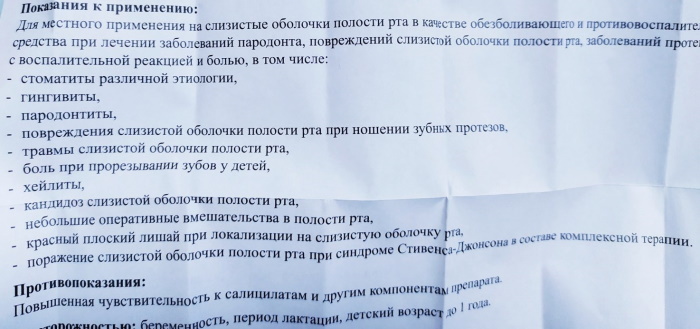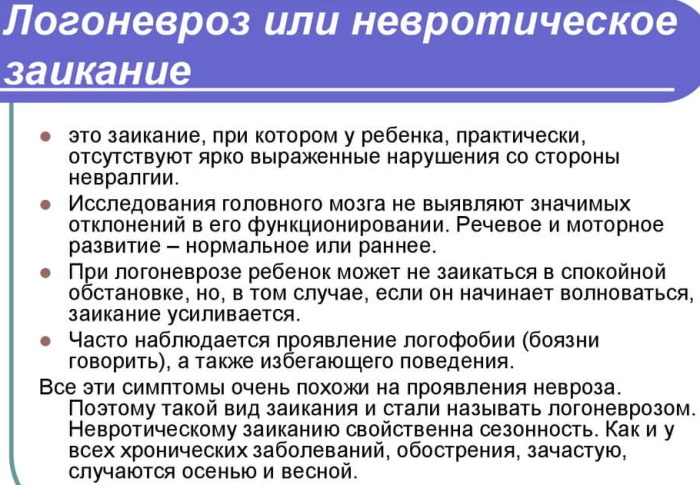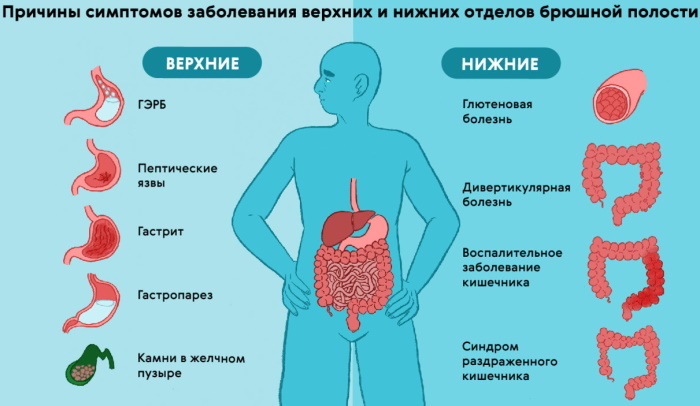The disease affects boys 4-5 times more often than girls; age of onset is most often falls on the interval from 5 to 14 years. Usually the disease affects only the one bone, more right, more hip remains healthy.

What it is?
Perthes disease - a disease of the femur and the hip associated with impaired blood supply to the femoral head malnutrition and its articular cartilage with subsequent necrosis, refers to a group of diseases called merged osteochondropathy.
Causes of
To date, there is no single answer to the question about the causes of this disease. What is known is that Perthes disease begins to develop in the event of a complete cessation of blood supply to the femoral head. But many experts are inclined to believe that the development of this pathology is inextricably linked to abnormalities in the lumbar spine, in particular, with a shift of the fourth vertebra. It is this area is responsible for blood flow to the hip joint and its innervation.
But there are several factors that are closely linked with the development of Perthes' disease:
- More than 40% of children are born with Perthes' disease of pregnancy, accompanied by any complications (severe toxicosis, the threat of termination, drug retention or correction pregnancy, etc.). Birth 17% of children with this disease is accompanied by breech presentation.
- According to various sources, from 24 - 36% of all patients diagnosed with femoral head necrosis, in the past cases of pelvic bone injuries identified, hip and thigh. Among these, 60-76% are habitual injuries were in the nature.
- Infectious diseases and metabolic disorders present a history of 11-14% of patients.
- Hip dysplasia was recorded in 4-9% of cases.
However, these factors relate to the alleged instigators of necrosis of the femoral head, and the real causes of this disease have yet to learn.
What happens to the joints?
The basis of Perthes' disease - is the development of avascular necrosis. In this case, this concept implies the withering away of bone tissue in the bones of the head, on its upper hemisphere. In this case, necrosis is non-infectious origin - that is, in the joint are no germs and pus.
First formed synovitis - inflammation of the joint capsule and change the properties of joint fluid, and then joins the head osteonecrosis. Depending on the duration of the process and disorders of blood circulation in it, develop lesions in the hip joint is affected partially inert brain and cartilage, as well as the femoral neck.
lesions with Perthes disease process has five steps:
- Stage 1 is accompanied by necrosis in the femoral head,
- Stage 2 gives secondary IMPRESSION (bulged) fracture bone head,
- Stage 3 - the process of resorption of dead tissue with hip shortening,
- Stage 4 - is the restoration of tissue due to proliferation of connective tissue,
- 5 stage bone healing due to calcium salts and the formation of new bone tkni.
Such changes lead to a deformation of the shape of the femoral head and a shortening of its neck, disruption of normal joint structure.

symptoms
The first sign of the disease is the appearance of Perthes blunt unexpressed pain arising when walking. Most often they are localized in the hip affected, but in some cases felt throughout the leg or knee. Because of the pain the child begins to drag his leg, a limp.
Against the background of the further destruction of the femoral head occurs depressed fracture. It is accompanied by a significant increase in pain, soft tissue swelling in the affected hip. Furthermore, it detected during the inspection that:
- flexor, extensor and rotational movement in the hip joint is limited;
- the patient can not turn the foot outwards;
- foot skin pale, cold to the touch and covered with sweat;
- Body temperature rises to subfebrile values.
In the future, the pain gradually subsides, the patient walking again can rely on the affected leg. Lameness and limited mobility may persist for a long time.
diagnosis of the disease
At the heart disease diagnosis - X-ray of the joint study. Through this study we can determine the process of the step and degree of deformation of the joint. X-ray is done in direct projection to consider how best the joint as possible. Usually the first step is very difficult to notice, and is the second and then is forced to work for doctors.
If there is a need to clarify the diagnosis, then resorted to ultrasound or CT scan.
Treatment of Perthes' disease
Conservative treatment usually begins in the specialized orthopedic centers with follow-up at the children's orthopedic clinic in the community.
Treatment of Perthes' disease include:
- applying traction, plaster bandages, special orthopedic beds, and constructions to prevent deformation of the femoral head;
- improved blood flow in the hip with medication and non-drug methods;
- complete discharge of the hip joint at the necessary time;
- stimulation restore the normal structure of the bone tissue;
- formation and strengthening of the muscle corset hip by means of physiotherapy and exercise therapy.
When the diagnosis relying on the injured leg is partially or completely eliminated. To do this, the child is prescribed strict bed rest, and older children - polupostelny to walking on crutches during wakefulness. The main treatment is physical therapy, massage, special therapeutic exercises.
If the need arises in skeletal traction or immobilization with plaster bandages, struts, tires, then used electromyostimulation to maintain the tone of the skeletal muscles.
Drug treatment comprises administering angioprotectors, chondroprotectors, trace elements and vitamins. Driving mode to expand the 4 th stage of the disease. All exercises selects only an expert and monitors their implementation.
operative intervention
In the event that conservative treatment is not effective, then the operation is shown.
Perthes disease is treated by surgery in severe cases: in the early, comprehensive and bilateral necrosis. For the operation the children selected for the achievement of 6-7 years of age, with symptoms emerging subluxation of the femoral head. In this disease, plastic surgery is performed, aimed at both the correction of the head, and to "turn" the acetabulum.
If the operation is carried out according to indications, when a favorable outcome and the timely intervention of the patient He is able to walk without crutches, canes, and even without a limp (or easy Limping). But exercise like running and carrying heavy loads - is prohibited.

Forecast and consequences
Consequences of Perthes' disease to the patient's life is not dangerous, but in the advanced stage it leads to disability. Mobility in this case, becomes limited, may develop deforming arthrosis with impaired gait and permanent lameness. For the patient, all activities related to the heavy lifting will be banned, congestion (sports, stretching). If treatment is started on time, the Perthes disease recedes completely.



